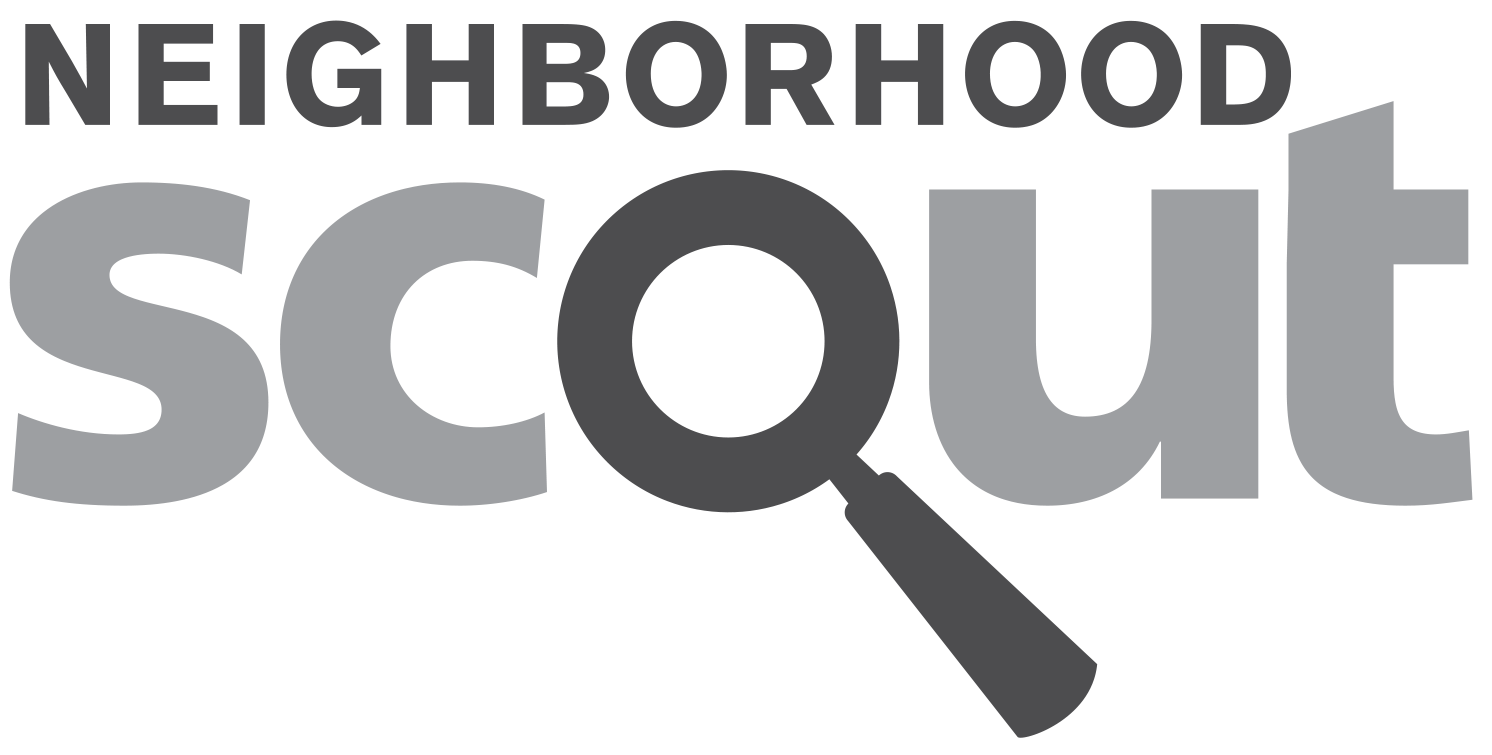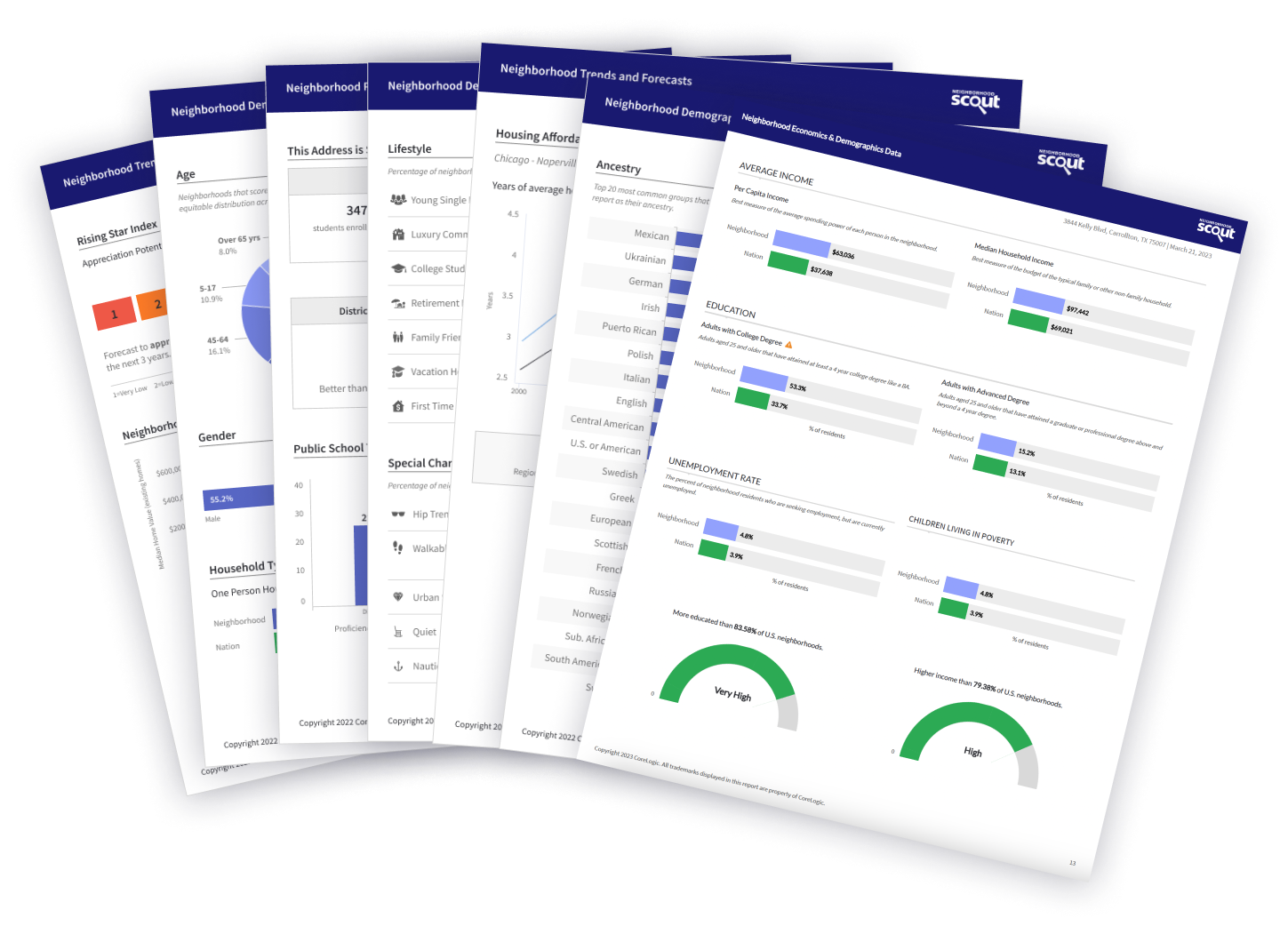Also of interest is that Marcell has more people living here who work in computers and math than 95% of the places in the US.
Telecommuters are a relatively large percentage of the workforce: 20.54% of people work from home. While this number may seem small overall, as a fraction of the total workforce it is high relative to the nation. These workers are often telecommuters who work in knowledge-based, white-collar professions. For example, Silicon Valley has large numbers of people who telecommute. Other at-home workers may be self-employed people who operate small businesses out of their homes.
Another notable thing is that Marcell is an extremely popular destination for tourists and seasonal residents. So much of the population is seasonal such that the township’s population swells significantly during the vacation season, and drops again when the season ends. Because of this, much of the local economy is centered around tourism; some businesses may be operated only during the high season. During the low season, year-round residents will notice that the city is a substantially quieter place to live.
Because of many things, Marcell is a very good place for families to consider. With an enviable combination of good schools, low crime, college-educated neighbors who tend to support education because of their own experiences, and a high rate of home ownership in predominantly single-family properties, Marcell really has some of the features that families look for when choosing a good community to raise children. Is Marcell perfect? Of course not, and if you like frenetic nightlife, it will be far from your cup of tea. But overall this is a solid community, with many things to recommend it as a family-friendly place to live.
The township is relatively quiet, having a combination of lower population density and few of those groups of people who have a tendency to be noisy. For example, Marcell has relatively fewer families with younger children, and/or college students. Combined, this makes Marcell a pretty quiet place to live overall. If you like quiet, you will probably enjoy it here.
One downside of living in Marcell, however, is that residents on average have to contend with a long commute, spending on average 33.96 minutes every day commuting to work.
Being a small township, Marcell does not have a public transit system used by locals to get to and from work.

